| Weight | 11.99 kg |
|---|---|
| Dimensions | 10 × 10 × 10 cm |
| Product Dimensions | 10 x 10 x 10 inches; 11.99 ounces |
| Item model number | 410-7 |
| Date First Available | October 1, 2001 |
| ASIN | B0006JJATC |
| Country of Origin | USA |
| Manufacturer | West System |
People Also Viewed
-
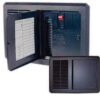 Progressive International Dynamics PD4045KV Inteli-Power 4000 Series Converter with Charge Wizard - 45 Amp
Progressive International Dynamics PD4045KV Inteli-Power 4000 Series Converter with Charge Wizard - 45 Amp
-
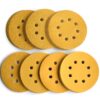 100-Pack 5-Inch 8-Hole Hook and Loop Sanding Discs 320-Grit
100-Pack 5-Inch 8-Hole Hook and Loop Sanding Discs 320-Grit
-
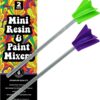 Art Resin Mixer Epoxy Mixer and Paint Mixer Drill Attachment Paint Stirrers for Drill Mud Mixer Quart or Gallon Mixing Tools Crafting Epoxy Resin Mini Drill Mixer Paddle
Art Resin Mixer Epoxy Mixer and Paint Mixer Drill Attachment Paint Stirrers for Drill Mud Mixer Quart or Gallon Mixing Tools Crafting Epoxy Resin Mini Drill Mixer Paddle
-
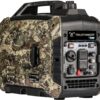 Truetimber 2300-Watt Super Quiet Gasoline Powered Inverter Generator by Pulsar, CARB Compliant
Truetimber 2300-Watt Super Quiet Gasoline Powered Inverter Generator by Pulsar, CARB Compliant
-
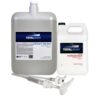 TotalBoat 5:1 Epoxy Resin Kit (Gallon, Slow Hardener), Marine Grade Epoxy for Fiberglass and Wood Boat Building and Repair
TotalBoat 5:1 Epoxy Resin Kit (Gallon, Slow Hardener), Marine Grade Epoxy for Fiberglass and Wood Boat Building and Repair
Description
Product Description

WEST SYSTEM Fillers modify the consistency of epoxy, greatly increasing its versatility for a wide array of applications
|
|
|
|
|
|---|---|---|---|
Syrup Consistency (unthickened resin/hardener mixture or “neat” epoxy)
|
Catsup Consistency (slightly thickened)
|
Mayonnaise Consistency (moderately thickened)
|
Peanut Butter Consistency (maximum workable thickness)
|

Versatile, reliable WEST SYSTEM products
WEST SYSTEM offers high-quality epoxy resins, hardeners, fillers, and additives. Developed by our in-house chemists, our formulations are proprietary, structural, and marine grade. These epoxies have set the standard for epoxy quality in the marine industry and beyond since 1969.
WEST SYSTEM Product Selection Guide

How to choose the right WEST SYSTEM Epoxy products for your project:
1. Start with 105 Epoxy Resin, the basic ingredient of all WEST SYSTEM Epoxy compounds. Use 300 Mini Pumps for convenient and accurate metering.
2. Mix with one of four WEST SYSTEM hardeners. Select a hardener for its intended use and for the cure speed best suited for your job in the temperature range in which you are working.
3. Add one of six WEST SYSTEM fillers to thicken the mixture as needed. Select a filler for its handling characteristics or cured physical properties. Or, add WEST SYSTEM additives to provide specific coating properties. WEST SYSTEM pigments can be used to change the epoxy’s color.
Pigments for tinting epoxy
|
|
|
|
|---|---|---|
501 White Pigment501 White Pigment is an epoxy-based liquid colorant used to tint the epoxy mixture white, providing an even, white color base for the final finish system. Cured, pigmented epoxy surfaces are not a final finish surface, but require an additional paint or UV filter coating for ultraviolet protection. Add to the mixed resin/hardener at a rate of approximately one teaspoon of pigment to 8 fl oz of epoxy. More pigments will increase opaqueness and mixture viscosity. One 4 fl oz bottle will tint approximately 1.5 gal of epoxy. Adding a coloring agent to WEST SYSTEM Epoxy is frequently done to make colored castings, highlight an epoxy-coated surface, act as a colored base coat for paint, etc. Without exception, adding pigment will weaken the cured epoxy mixture to some degree. Use very small amounts of pigment, about 5% by weight. As a result, thin films of colored epoxy are somewhat transparent. It usually requires several coats to make the film opaque. |
502 Black Pigment502 Black Pigment is an epoxy-based liquid colorant used to tint the epoxy mixture black, providing an even, black color base for the final finish system. Cured, pigmented epoxy surfaces are not a final finish surface, but require an additional paint or UV filter coating for ultraviolet protection. Add to the mixed resin/hardener at a rate of approximately one teaspoon of pigment to 8 fl oz of epoxy. More pigments will increase opaqueness and mixture viscosity. One 4 fl oz bottle will tint approximately 1.5 gal of epoxy. Adding a coloring agent to WEST SYSTEM Epoxy is frequently done to make colored castings, highlight an epoxy-coated surface, act as a colored base coat for paint, etc. Without exception, adding pigment will weaken the cured epoxy mixture to some degree. Use very small amounts of pigment, about 5% by weight. As a result, thin films of colored epoxy are somewhat transparent. It usually requires several coats to make the film opaque. |
503 Gray Pigment503 Gray Pigment is an epoxy-based liquid colorant used to tint the epoxy mixture gray, providing an even, gray color base for the final finish system. Cured, pigmented epoxy surfaces are not a final finish surface, but require an additional paint or UV filter coating for ultraviolet protection. Add to the mixed resin/hardener at a rate of approximately one teaspoon of pigment to 8 fl oz of epoxy. More pigments will increase opaqueness and mixture viscosity. One 4 fl oz bottle will tint approximately 1.5 gal of epoxy. Adding a coloring agent to WEST SYSTEM Epoxy is frequently done to make colored castings, highlight an epoxy-coated surface, act as a colored base coat for paint, etc. Without exception, adding pigment will weaken the cured epoxy mixture to some degree. Use very small amounts of pigment, about 5% by weight. As a result, thin films of colored epoxy are somewhat transparent. It usually requires several coats to make the film opaque. |
Additives for modifying epoxy
|
|
|
|
|---|---|---|
420 Aluminum Powder420 Aluminum Powder will increase the hardness and abrasion resistance of the coated surface and improve its moisture resistance. 420 provides limited protection from ultraviolet light in areas that will not be protected with other coatings and can be used as a base for subsequent painting. Cures to a metallic gray color. Add to mixed resin/hardener at the rate of 5%-10% by volume or 1.5 tablespoons per 8 fl oz of epoxy (10 strokes each of resin and hardener from 300 Mini Pumps). 36 oz of 420 will modify up to five gallons of mixed epoxy. |
422 Barrier Coat Additive422 Barrier Coat Additive is a proprietary blend designed to further improve cured epoxy’s moisture exclusion effectiveness. 422 is used as a barrier coating additive to help prevent gelcoat blistering in polyester fiberglass boats. 422 also increases the epoxy’s abrasion resistance. Cures to a light gray color. Add to mixed resin/hardener at the rate of 15 to 20% by volume or 3 tablespoons per 8 fl oz of epoxy. 16 oz can of 422 will modify approximately half a gallon of mixed epoxy. |
423 Graphite Powder423 Graphite Powder is a fine black powder that can be mixed with epoxy to produce a low-friction exterior coating with increased scuff resistance and durability. Epoxy/graphite is commonly used as a low-load, low-speed bearing surface, as a coating on rudders and centerboards, or on the bottoms of racing craft that are dry sailed. It does not provide antifouling qualities. The epoxy/graphite mixture cures to a black color. Add to mixed resin/hardener at the rate of 10% by volume or 1.5 tablespoons per 8 fl oz. of epoxy. 12 oz can of 423 will modify approximately one gallon of epoxy. |
Reviews (0)
0.0
Review this product
Share your thoughts with other customers
Similar Products
-
Sku: B08H8J4MCJ
G/Flex 655-1 1 oz syringe
-
in FillersSku: B0006JJ9U2
WEST SYSTEM 403-28 Microfibers, 20 oz


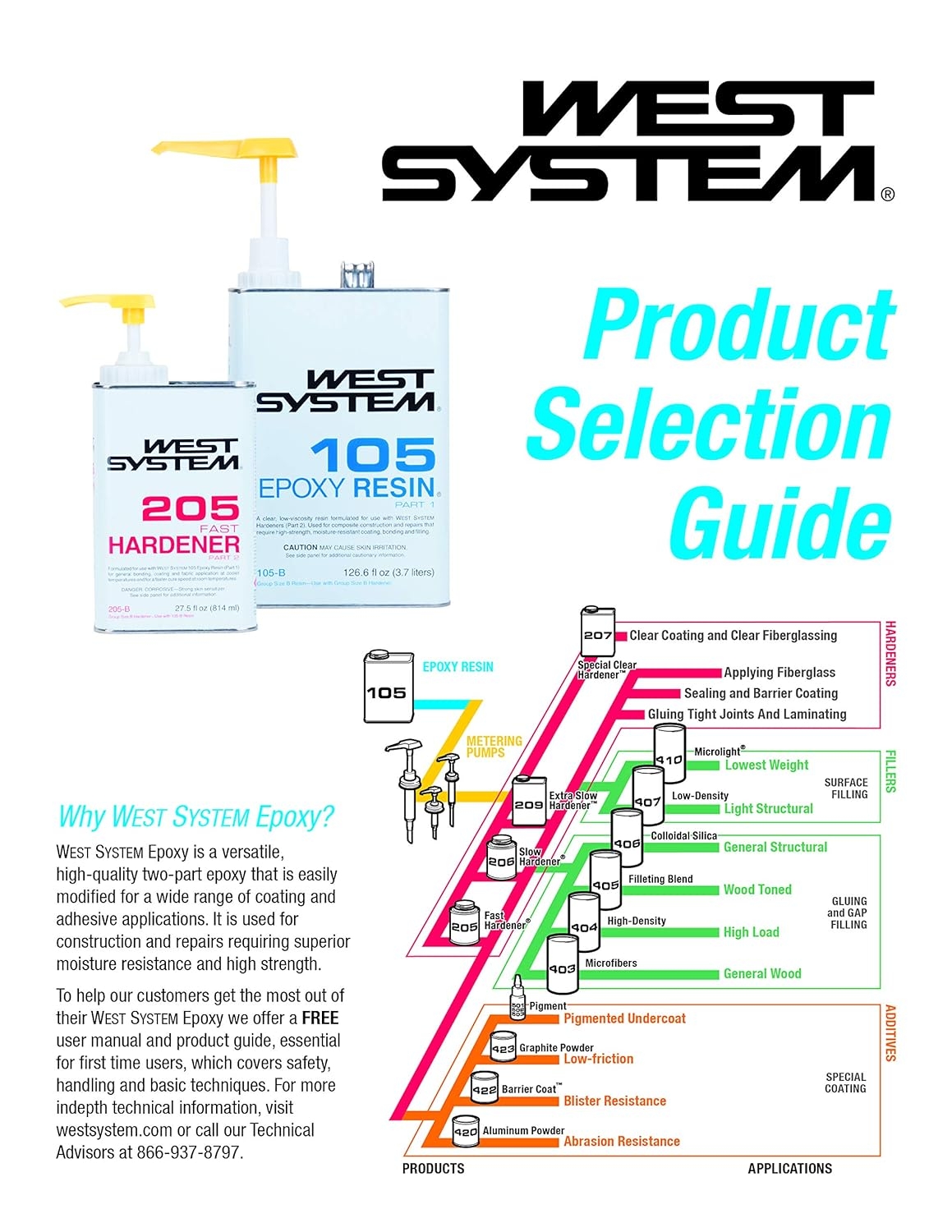










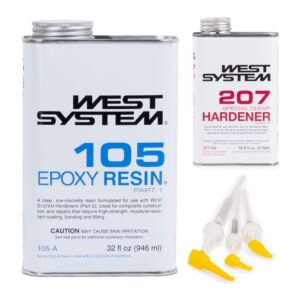
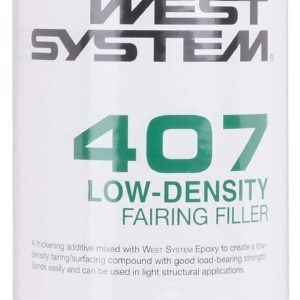
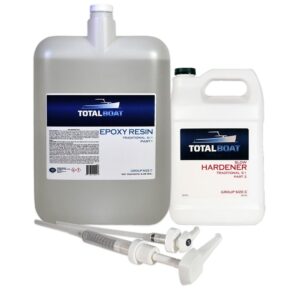
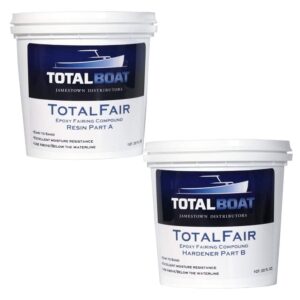
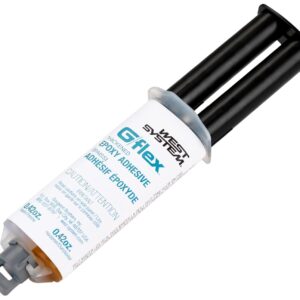
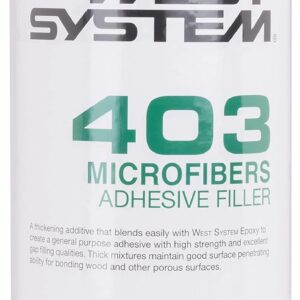
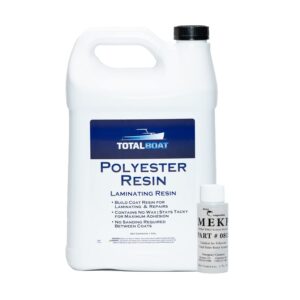
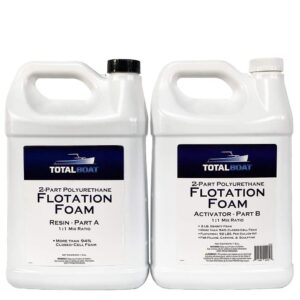
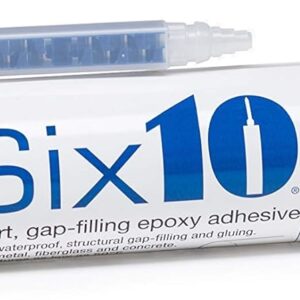
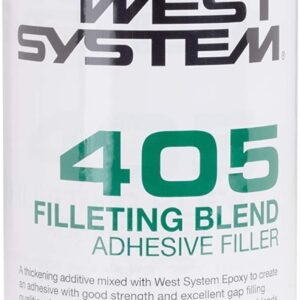
 No products in the cart.
No products in the cart. 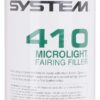
Reviews
There are no reviews yet.